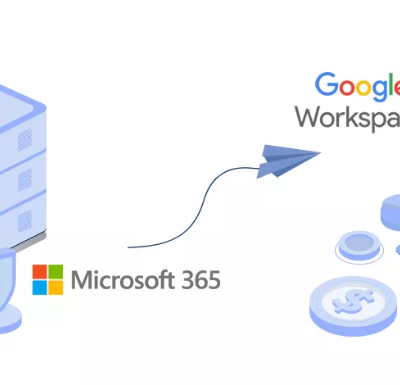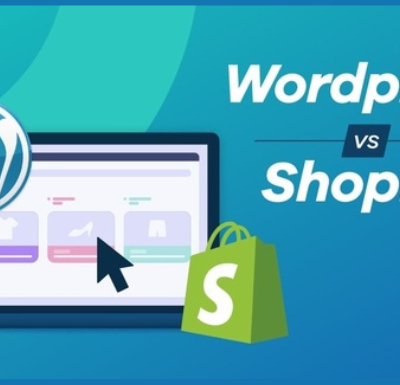THINK DIGITAL.THINK PLATFORM. DO PLATFORMATION.
Digital transformation is a complex process; it is an urgent and inescapable journey but without a clear roadmap or definite destination. But a recent Tech Pro Research survey reveals that only 20% of survey respondents said they have a formal digital transformation plan in place, another 60% said they were actively developing one. This means that a majority of organizations are still grappling with their digital transformation roadmap.With the escalating pressure to adopt digital strategies comes the need to develop a thorough understanding of what the transformation entails, along with its benefits, pitfalls, and how well it’s succeeding (or not) for other organizations and industries.
Born Digital Companies and Platforms The starting point for digital transformation is to look at what makes ‘born digital’ companies pathbreaking and successful. Born digital companies adopt a platform-based business model fostering an ecosystem that’s most conducive for end-to-end business traction in a hyper-connected world.What is a platform-based business? Here’s the the definition: “A business based on enabling value creating interactions between external producers and consumers. The platform provides an open, participative infrastructure for these interactions and sets governance conditions for them.”Platforms are revolutionizing the way we do business. Traditional business models are linear in structure with inputs at one end and output at the other. Unlike the linear mode of generating and consuming value in the pipe model, platforms serve as an ecosystem of value generation and consumption. They create value by tapping into resources that they don’t need to own.The shift from the linear, resource-heavy, producer driven pipe model to a demand-driven, circular networked model is enabling four big outcomes for enterprises – flexibility, scalability, mobility, and availability, through collaboration of diverse participants.
Platforms— Core Design PrinciplesPlatforms, especially in the digital world, have been powered by a set of technologies such as social, mobility, analytics, cloud, IoT, AR/VR, and artificial intelligence amongst others. Of these, the first four— social, mobility, analytics, and cloud— are popularly referred to as the SMAC stack. When SMAC is compounded with other underlying technology approaches such as PaaS environments, micro-services, DevOps, and automation, true platform based systems can be built.




Leave a Reply